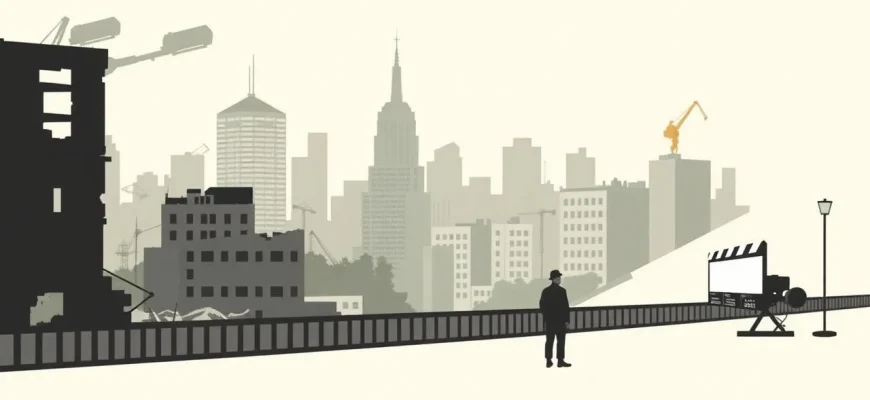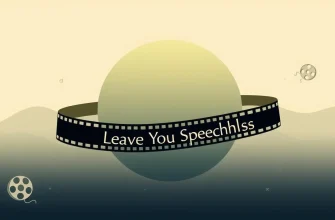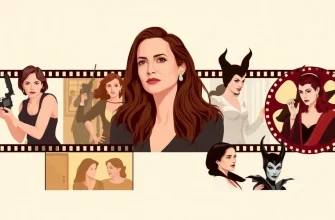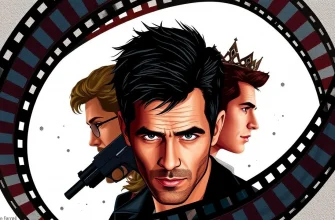The year 1945 marked the end of World War II, a pivotal moment in history that has inspired numerous films. This collection of 10 films delves into various aspects of this transformative period, from the final days of the war to the immediate aftermath and its impact on individuals and societies. Each film provides a unique perspective, offering viewers a chance to understand the complexities of this era through compelling narratives and historical accuracy.

The Best Years of Our Lives (1946)
Description: This classic film follows three WWII veterans as they return home to a changed America, dealing with personal and societal adjustments post-war.
Fact: The film won seven Academy Awards, including Best Picture, and was praised for its realistic portrayal of veterans' issues.
 Watch Now
Watch Now 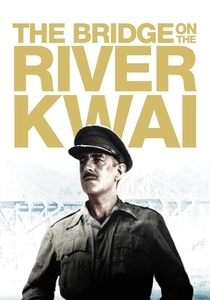
The Bridge on the River Kwai (1957)
Description: While primarily set during the construction of the bridge, the film's climax occurs in 1945, reflecting the war's end.
Fact: The film won seven Academy Awards, including Best Picture, and is famous for its iconic score by Malcolm Arnold.
 Watch Now
Watch Now 
The Last Emperor (1987)
Description: While not exclusively about 1945, it includes the pivotal moment when Emperor Puyi was captured by Soviet forces at the end of WWII.
Fact: The film won nine Academy Awards, including Best Picture, and was the first feature film ever authorized by the government of the People's Republic of China to be filmed in the Forbidden City.
 Watch Now
Watch Now 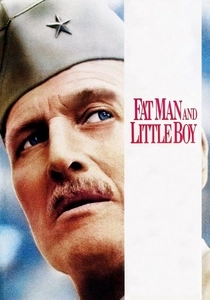
Fat Man and Little Boy (1989)
Description: This film explores the Manhattan Project, focusing on the development of the atomic bombs dropped on Hiroshima and Nagasaki.
Fact: The title refers to the code names for the atomic bombs used in WWII.
 Watch Now
Watch Now 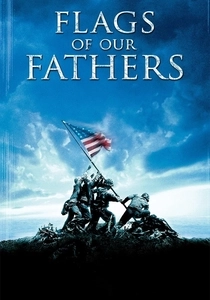
Flags of Our Fathers (2006)
Description: This Clint Eastwood film explores the lives of the men who raised the flag on Iwo Jima, an event that occurred in 1945.
Fact: The film was paired with "Letters from Iwo Jima," which tells the story from the Japanese perspective, making it a unique dual narrative of the same event.
 Watch Now
Watch Now 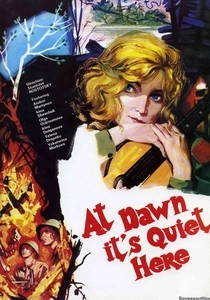
The Dawns Here Are Quiet (1972)
Description: Set in 1945, this Soviet film tells the story of a group of female anti-aircraft gunners defending their position against a German attack.
Fact: The film was remade in 2015, but the original remains a poignant depiction of the Soviet experience during WWII.
 Watch Now
Watch Now 
The Burmese Harp (1956)
Description: A Japanese soldier, after the surrender of Japan in 1945, chooses to stay in Burma to bury the dead rather than return home.
Fact: The film was remade in 1985 with the same title, but the original remains a classic for its anti-war message.
 30 Days Free
30 Days Free 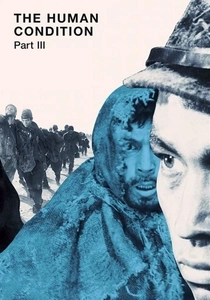
The Human Condition III: A Soldier's Prayer (1961)
Description: The final part of Masaki Kobayashi's epic trilogy, focusing on the retreat of Japanese soldiers from Manchuria after the Soviet invasion in 1945.
Fact: The trilogy is renowned for its critical view of Japanese militarism and its humanistic approach to storytelling.
 30 Days Free
30 Days Free 
Grave of the Fireflies (1988)
Description: An animated film set in the final months of WWII, showing the devastating effects of the war on Japanese civilians, particularly children.
Fact: Often considered one of the greatest war films ever made, it's known for its emotional depth and anti-war sentiment.
 30 Days Free
30 Days Free 
Hiroshima (1995)
Description: A poignant depiction of the atomic bombing of Hiroshima, focusing on the lives of several individuals before, during, and after the event.
Fact: The film was produced by the BBC and was one of the first major productions to address the bombing from a Japanese perspective.
 30 Days Free
30 Days Free 
